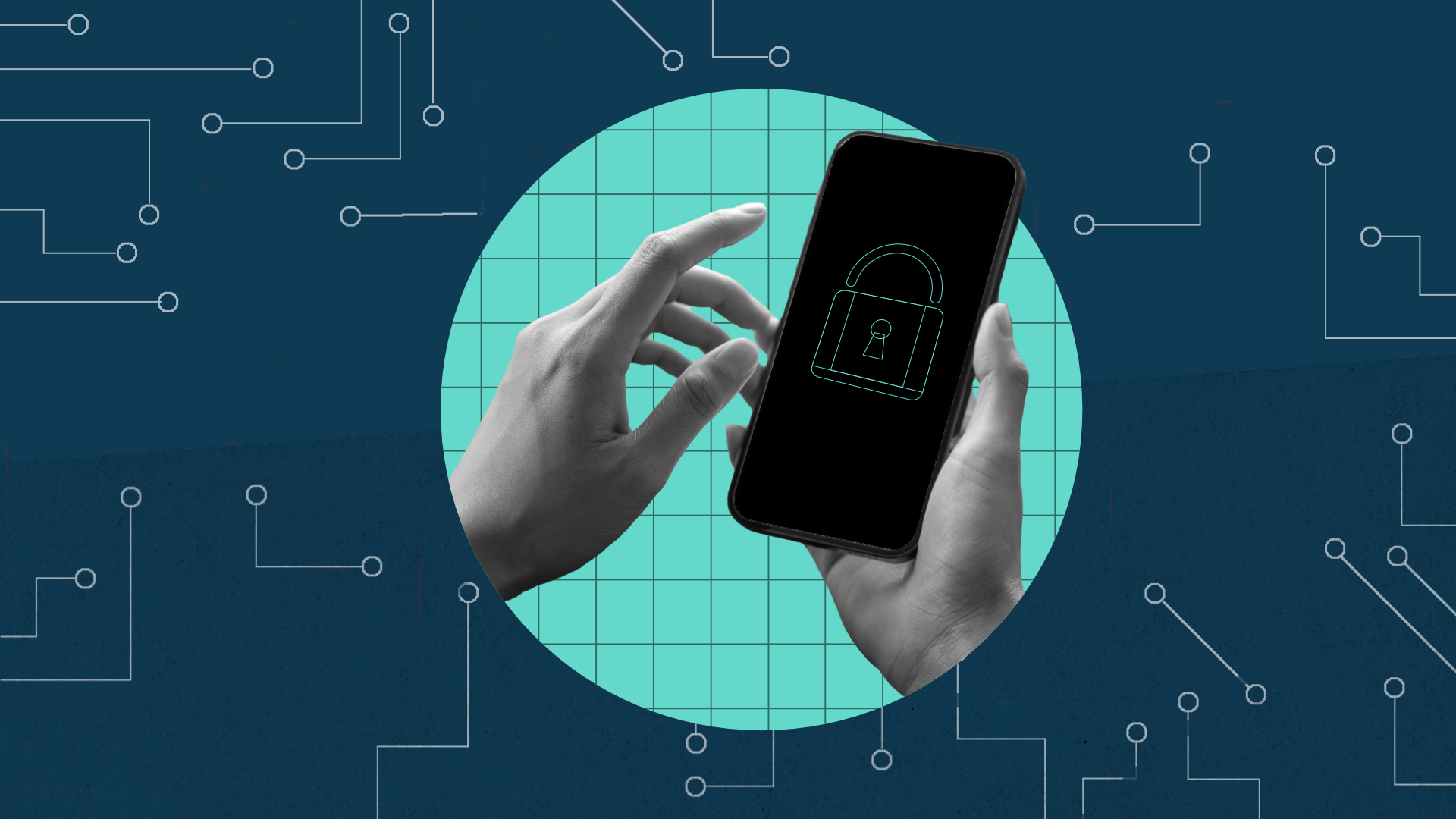
“Free” mobile apps often come with a hidden cost: decreased focus, sleep deprivation, and procrastination. Researchers at Linköping University and RISE have uncovered the negative consequences associated with these seemingly free applications. Their findings offer valuable insights for policymakers and individuals seeking to minimize the detrimental effects of excessive app usage.
“Putting things off, procrastination, was the biggest hidden cost. But sleep deprivation, reduced focus and the apps taking time from physical contact with friends, hobbies and training, were also costs that arose. It can be difficult for users to put their finger on it at the time,” says Martin Mileros, PhD student at Linköping University and researcher at the research institute RISE.
The phenomenon the researchers are investigating is called the zero-price economy, which means that a service provider offers its services in exchange for the user’s data and attention without money changing hands. In traditional economics, the cost to the private individual corresponds to value for the company. But in the zero-price economy, cost and value are decoupled.
The researchers interviewed 196 people in Linköping around the university campus and the science park. Therefore, the selection cannot be said to representative of the entire population. The researchers still think, however, that they can get a good indication of how users view hidden costs and their personal data. According to the researchers, this is the first time users and their attitude to the zero-price economy has been examined in this way.
“We can see that many users value privacy and transparency highly. Furthermore, the study shows that users prefer to make one-time purchases of their favorite apps to protect their privacy over using services that are free, but which collect personal data,” says Martin Mileros.
Many mobile apps are intentionally designed to foster dependency, particularly among children and young people. To protect users, especially vulnerable populations, stricter regulations and transparent disclosure of potential negative consequences are necessary. Similar to graphic warnings on cigarette packets, informative messages should highlight the hidden costs associated with certain apps. By understanding these risks, users can make more informed decisions about their app usage.
Although the findings of the study suggest that there are hidden costs, Martin Mileros still thinks that many users can get a lot of benefit and enjoyment from the free apps.



